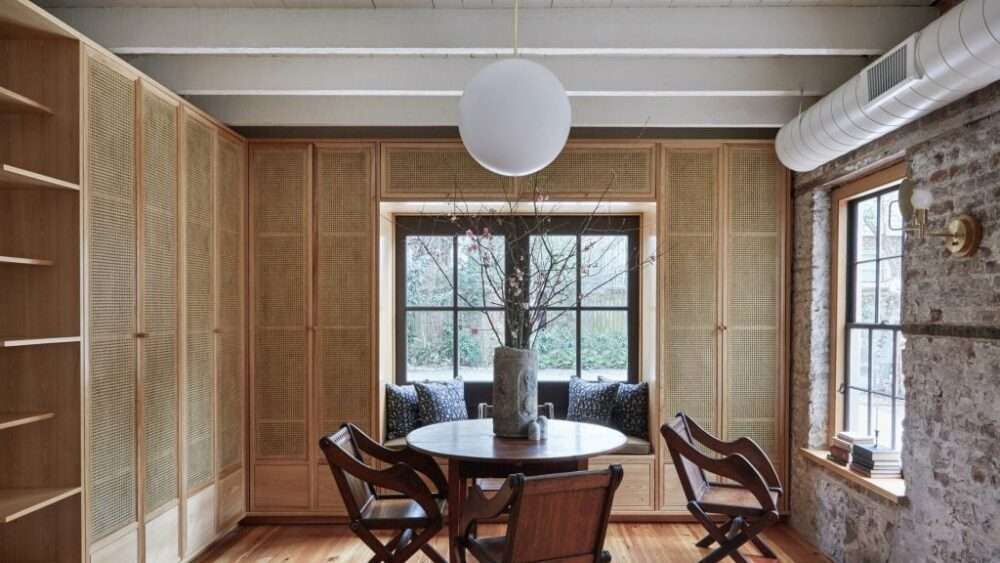The State of Arab Architecture on the Eve of 2025: Between Challenges and Aspirations
The state of architecture in the Arab world is undergoing significant transformation as we approach 2025. With both positive strides and emerging challenges, the architectural landscape reflects diverse dynamics, from cultural revival and ambitious mega-projects to struggles with outdated education systems and waning public interest in the field. According to the 2021 Architectural Status Report, applications to architectural studies have seen a consistent decline of 2% annually, with a notable percentage of students choosing to graduate in related fields rather than core architecture. This trend reveals a growing mismatch between student preferences and the evolving demands of the industry.
Challenges in Architectural Education
Architectural education across the Arab world is facing a challenging time, characterized by dwindling enrollment and a disconnection between academic programs and market needs. In Egypt, one of the most populous countries in the region, universities are churning out a substantial number of architecture graduates each year, but with limited focus on the skills needed for an increasingly competitive job market. Students in Cairo often find themselves searching for opportunities abroad, seeking exposure that local programs struggle to provide. The decline in applicants to architecture programs, reported at an annual drop of 2%, highlights a broader issue: architectural education in many Arab countries is failing to adapt to the shifting demands of the industry.

Divergent Paths: A Regional Snapshot
The architectural evolution within the Arab world is divergent, with each nation taking its own path, driven by political, economic, and social circumstances. Qatar, for instance, experienced an architectural boom driven by the 2022 FIFA World Cup, resulting in a proliferation of iconic stadiums and hospitality projects. However, the post-event landscape has seen a reduction in major projects, with a shift toward consolidating existing developments rather than initiating new ones.
In contrast, the United Arab Emirates continues to build, albeit with a different approach than its previous mega-project era. Development in Dubai and Abu Dhabi is now more deliberate, focusing on sustainability and urban livability rather than purely iconic architecture. However, the pace is more subdued compared to the early 2000s, and many projects are tailored to meet local demands rather than achieving international acclaim.
Meanwhile, Saudi Arabia is pushing boundaries with its ambitious mega-projects under Vision 2030. As Crown Prince Mohammed bin Salman famously put it, “Our projects are unlike any others.” Projects like NEOM indeed feel like they belong on another planet, pushing the limits of technology, design, and environmental planning. This futuristic approach to architecture is creating a ripple effect across the region, positioning Saudi Arabia as a leader in redefining what is possible within Arab urbanism.
The Architectural Renaissance or Decline?
“From bad to worse, oh heart, don’t despair,” “من جرف لدحديرة يا قلبي لا تحزن” is an old saying from Makkah that captures the sentiment of some when reflecting on the state of Arab architecture today. While cities like Riyadh and Dubai see new developments that promise innovation, other countries face stagnation, limited by political instability or economic constraints. In Lebanon, for example, the architectural field struggles amid economic collapse, with many young architects leaving for opportunities in the Gulf or Europe.
The state of architectural content in the Arab world also mirrors this mixed picture. Publications and platforms that once focused on local content now cater to a broader, global audience. An example is Archcod, a publication that started as an Arabic architectural magazine but eventually shifted its focus to serve an international readership, reflecting a dwindling interest in local architectural discourse. This reflects the broader state of architecture in the Arab world: a field with potential but also grappling with disinterest and a lack of cohesive identity.
Opportunities and Threats for the Next Generation
The next generation of Arab architects is at a crossroads. The ambitious projects of Saudi Arabia provide opportunities for young talent to work on some of the most forward-thinking developments globally. However, the challenges remain: outdated curricula, lack of mentorship, and limited government support in some nations. In Jordan and Morocco, architectural institutions often lack the resources to train students in new technologies, such as parametric design and sustainable building practices, leaving graduates underprepared for modern architectural practice.
Architectural institutes and organizations must evolve to support these young professionals better. The focus needs to be on research, innovation, and adapting to the challenges of a warming climate and rapid urbanization. A significant portion of the new generation is interested in sustainability, heritage preservation, and smart urban design, but they often lack the platforms or support to develop their ideas into tangible projects.

Looking Ahead: What Lies in Store for Arab Architecture?
The future of Arab architecture is uncertain, yet full of potential. In countries like Saudi Arabia and the UAE, there is a push for high-quality, iconic developments that aim to place these nations on the global architectural map. However, for a broader regional revival, there is a need for collective growth, where even countries facing economic challenges can rise and contribute to a rich architectural tapestry. The 2025 outlook hinges on investments in education, local talent, and policies that encourage innovation without disregarding the cultural essence of the region.
The hope is that the next generation of architects can navigate these complexities to create spaces that reflect both the heritage and the aspirations of the Arab world. If the necessary investments are made in talent and infrastructure, then the architectural landscape of 2025 might be defined by resilience, creativity, and a renewed cultural identity, rather than by stagnation or decline.







